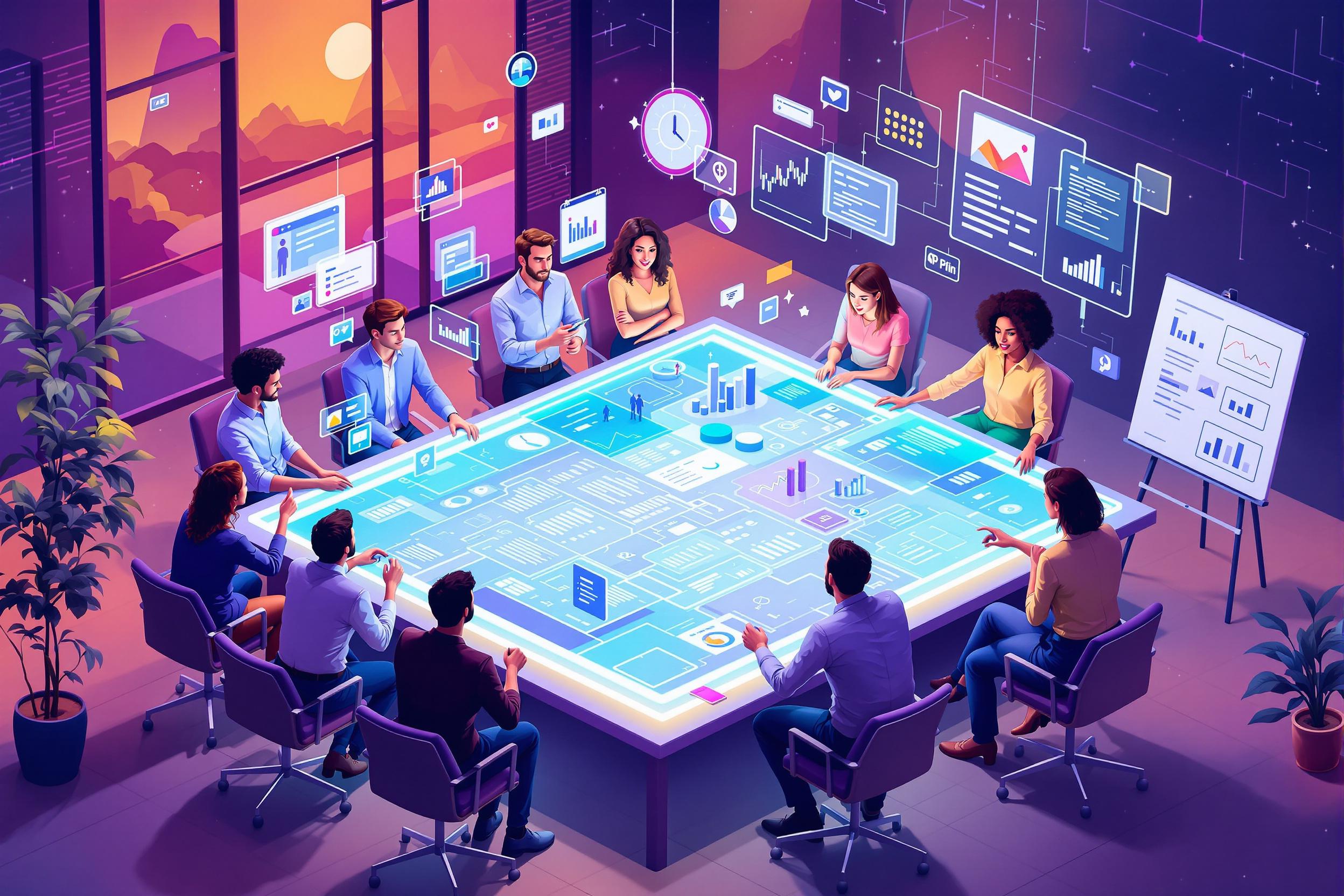
Blended Learning
Blended Learning is a modern approach to training that combines traditional face-to-face classroom methods with online digital materials. It's like having the best of both worlds: the personal touch of in-person training and the flexibility of online learning. Companies use this approach because it's cost-effective, flexible, and often leads to better learning results. Similar terms include "hybrid learning" or "mixed-mode learning." This method has become increasingly popular in corporate training, especially since the COVID-19 pandemic made remote learning more common.
Examples in Resumes
Developed Blended Learning programs that increased employee engagement by 45%
Created successful Hybrid Learning curriculum for sales team training
Managed Mixed-Mode Learning initiatives across 5 regional offices
Implemented Blended Learning solutions that reduced training costs by 30%
Typical job title: "Blended Learning Specialists"
Also try searching for:
Where to Find Blended Learning Specialists
Professional Organizations
Online Communities
Job Resources
Example Interview Questions
Senior Level Questions
Q: How would you design a blended learning program for a global company with multiple time zones?
Expected Answer: A senior specialist should discuss needs assessment, choosing appropriate mix of synchronous and asynchronous learning, cultural considerations, technology platforms, and measuring program effectiveness across different regions.
Q: What metrics would you use to measure the success of a blended learning program?
Expected Answer: Should mention employee engagement rates, completion rates, knowledge retention, practical application of skills, ROI calculations, and feedback collection methods.
Mid Level Questions
Q: How do you decide which parts of training should be online versus face-to-face?
Expected Answer: Should discuss analyzing learning objectives, content type, audience preferences, available resources, and practical constraints like time and budget.
Q: What tools and technologies do you use in blended learning programs?
Expected Answer: Should mention experience with learning management systems, video conferencing tools, interactive content creation tools, and assessment platforms.
Junior Level Questions
Q: What is blended learning and why is it effective?
Expected Answer: Should explain the basic concept of combining online and in-person learning, and discuss benefits like flexibility, engagement, and meeting different learning styles.
Q: How do you keep learners engaged in an online learning environment?
Expected Answer: Should discuss interactive elements, regular check-ins, clear objectives, varied content types, and ways to maintain participant motivation.
Experience Level Indicators
Junior (0-2 years)
- Basic training delivery skills
- Familiarity with learning management systems
- Creating simple training materials
- Understanding adult learning principles
Mid (2-5 years)
- Designing complete training programs
- Managing multiple training projects
- Advanced presentation skills
- Training needs assessment
Senior (5+ years)
- Strategic program development
- Training ROI analysis
- Team leadership
- Corporate training strategy
Red Flags to Watch For
- No experience with both online and in-person training delivery
- Lack of knowledge about adult learning principles
- Poor communication or presentation skills
- No experience with learning management systems
- Unable to demonstrate measurement of training effectiveness
Related Terms
Need more hiring wisdom? Check these out...

Future-Proof Your Workforce: Embracing Lifelong Learning

Micro-Internships: The Game-Changer in Project-Based Learning

Lost in Translation? How a Hybrid Mentorship Database Bridges Cross-Regional Talent

